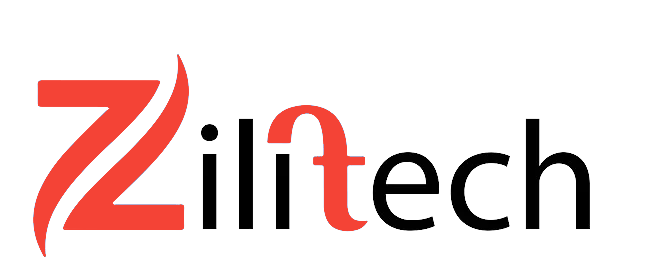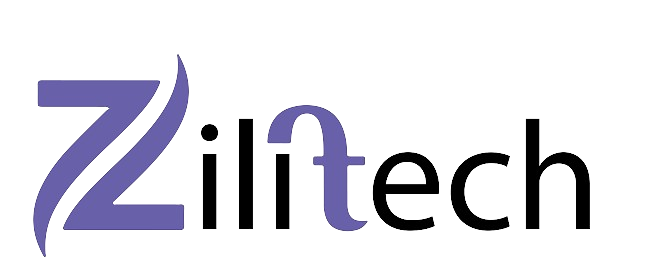Introduction
Managing student enrollment effectively is the backbone of any educational institution’s success. It’s more than just getting students through the door; it’s about attracting, admitting, and retaining a diverse and thriving student body. This comprehensive guide will explore every facet of student enrollment management, from marketing strategies to leveraging technology, ensuring you have the tools to optimize your institution’s enrollment processes.
Understanding Student Enrollment Management
Definition and Scope
Student enrollment management encompasses the strategies and practices institutions use to attract, admit, and retain students. It integrates marketing, admissions, and retention efforts to create a seamless experience for students from initial interest to graduation.
Key Objectives
The primary goals of enrollment management are to:
- Increase student applications.
- Improve the quality of admitted students.
- Maximize student retention and success.
- Align enrollment goals with institutional mission and capacity.
Components of a Successful Enrollment Strategy
Marketing and Outreach
Marketing and outreach are the front lines of enrollment management. They involve crafting messages that resonate with potential students and finding the right channels to reach them.
Admissions Process
The admissions process should be efficient and welcoming, balancing selectivity with inclusivity to build a diverse student body.
Retention Efforts
Retention efforts focus on keeping students engaged and supported throughout their educational journey, reducing dropout rates and enhancing overall satisfaction.
Marketing and Outreach
Target Audience Identification
Understanding who your potential students are is crucial. This includes demographic factors like age, geographic location, and academic interests.
Developing a Compelling Value Proposition
Your institution’s value proposition should highlight unique strengths—be it academic excellence, vibrant campus life, or career opportunities. This message should be clear and consistent across all marketing materials.
Utilizing Digital Marketing Channels
Digital marketing is a powerful tool in reaching today’s tech-savvy students. This includes:
- Social Media: Platforms like Instagram, TikTok, and LinkedIn can engage students through content that speaks to their interests.
- SEO and Content Marketing: Optimizing your website and creating valuable content can drive organic traffic.
- Email Campaigns: Personalized email marketing helps nurture leads and convert them into applicants.
Community Engagement and Partnerships
Building relationships with local schools, community organizations, and businesses can enhance your outreach efforts and build a supportive network for future students.
The Admissions Process
Creating an Efficient Application Process
An application process that is straightforward and user-friendly can significantly improve applicant satisfaction. This includes:
- Online Applications: Ensure your application forms are easy to navigate and mobile-friendly.
- Clear Instructions: Provide detailed guidance on required documents and deadlines.
- Customer Support: Offer assistance through chatbots, helplines, or FAQs.
Criteria for Student Selection
Develop clear, fair, and transparent criteria for evaluating applicants. Balance academic achievements with extracurricular involvement and personal attributes.
Leveraging Technology in Admissions
Technology can streamline the admissions process through:
- Applicant Tracking Systems: These systems manage applications and automate repetitive tasks.
- Data Analytics: Analyze application trends to improve targeting and decision-making.
Personalized Communication with Prospective Students
Engage with applicants through personalized emails, phone calls, and virtual meetings to make them feel valued and informed throughout the process.
Retention Strategies
Importance of Retention in Enrollment Management
Retention is crucial for maintaining a stable student population and improving institutional reputation. High retention rates often reflect student satisfaction and institutional effectiveness.
Academic Support Services
Offer tutoring, writing centers, and academic advising to help students succeed academically.
Student Engagement Initiatives
Encourage involvement in clubs, organizations, and campus events to foster a sense of belonging and community.
Monitoring and Advising Systems
Implement early alert systems to identify and support at-risk students. Regular check-ins with academic advisors can keep students on track.
The Role of Data in Enrollment Management
Collecting Relevant Data
Gather data on student demographics, application patterns, enrollment rates, and retention statistics to inform your strategies.
Analyzing Enrollment Trends
Use data to identify trends such as popular programs, seasonal application spikes, and demographic shifts. This insight helps tailor your recruitment and retention efforts.
Predictive Analytics for Future Planning
Predictive analytics can forecast future enrollment trends, helping you anticipate changes and adjust your strategies proactively.
Technology in Enrollment Management
Enrollment Management Systems
Integrated systems manage student data, streamline processes, and provide a unified platform for enrollment activities.
CRM Software for Student Management
Customer Relationship Management (CRM) software helps track interactions with prospective students, ensuring personalized and timely communication.
Automating Enrollment Processes
Automation can reduce administrative burdens, from sending reminder emails to processing applications, freeing up staff for more strategic tasks.
Financial Considerations
Budgeting for Enrollment Initiatives
Effective budgeting ensures that you have the resources needed for marketing campaigns, technology upgrades, and support services.
Financial Aid and Scholarships
Offer competitive financial aid packages and scholarships to attract and support students from diverse economic backgrounds.
Impact of Tuition Fees on Enrollment
Tuition fees can be a deciding factor for many students. Transparent pricing and flexible payment plans can make your institution more appealing.
Legal and Ethical Considerations
Compliance with Educational Regulations
Ensure your enrollment practices comply with local, state, and federal regulations to avoid legal issues.
Ethical Marketing and Recruitment Practices
Practice transparency and honesty in your marketing and recruitment to build trust and maintain your institution’s integrity.
Privacy and Data Security
Protect student data through robust security measures and comply with data privacy laws to prevent breaches and maintain confidentiality.
Challenges in Enrollment Management
Competition from Other Institutions
Standing out in a crowded market requires a unique value proposition and effective marketing strategies.
Changing Demographics
Adapt to demographic shifts by understanding the needs and preferences of different student populations.
Adapting to New Educational Trends
Stay ahead of educational trends like online learning and competency-based education to meet evolving student expectations.
Best Practices for Effective Enrollment Management
Continuous Improvement and Adaptation
Regularly review and refine your strategies based on performance metrics and feedback.
Engaging Faculty and Staff
Involve faculty and staff in enrollment initiatives to leverage their insights and create a unified approach.
Student-Centric Approaches
Focus on the student experience by prioritizing their needs and providing exceptional support throughout their educational journey.
Case Studies
Successful Enrollment Management Examples
Explore examples of institutions that have excelled in enrollment management through innovative strategies and strong execution.
Lessons Learned from Challenging Scenarios
Analyze cases where institutions faced enrollment challenges and learn from their approaches to overcoming obstacles.
Future Trends in Enrollment Management
Impact of AI and Machine Learning
AI and machine learning can enhance enrollment management by providing personalized recommendations and automating routine tasks.
Virtual and Hybrid Learning Models
Adapting to virtual and hybrid learning models can attract students seeking flexible education options.
Evolving Student Expectations
Stay attuned to changing student expectations regarding technology, support services, and learning environments.
Conclusion
In conclusion, effective student enrollment management is a multifaceted endeavor requiring strategic planning, technological integration, and a deep understanding of student needs. By embracing best practices and staying adaptable to trends, institutions can build robust enrollment strategies that support their growth and mission.
FAQs
1. What are the main goals of student enrollment management?
The primary goals are to attract, admit, and retain a diverse student body while aligning with the institution’s mission and capacity.
2. How can technology improve enrollment management?
Technology enhances enrollment management by streamlining processes, providing data insights, and enabling personalized communication.
3. What are some common challenges in managing student enrollment?
Common challenges include competition from other institutions, changing demographics, and adapting to new educational trends.
4. How important is student retention in the enrollment process?
Student retention is crucial as it impacts institutional stability, reputation, and financial health.
5. What future trends should institutions prepare for in enrollment management?
Institutions should prepare for the integration of AI, the rise of virtual learning models, and evolving student expectations regarding technology and support.





